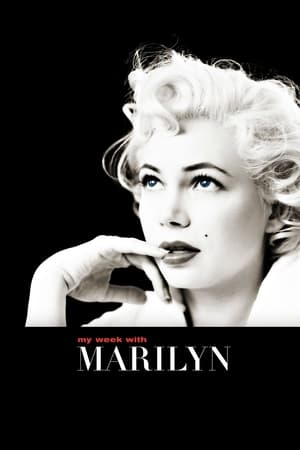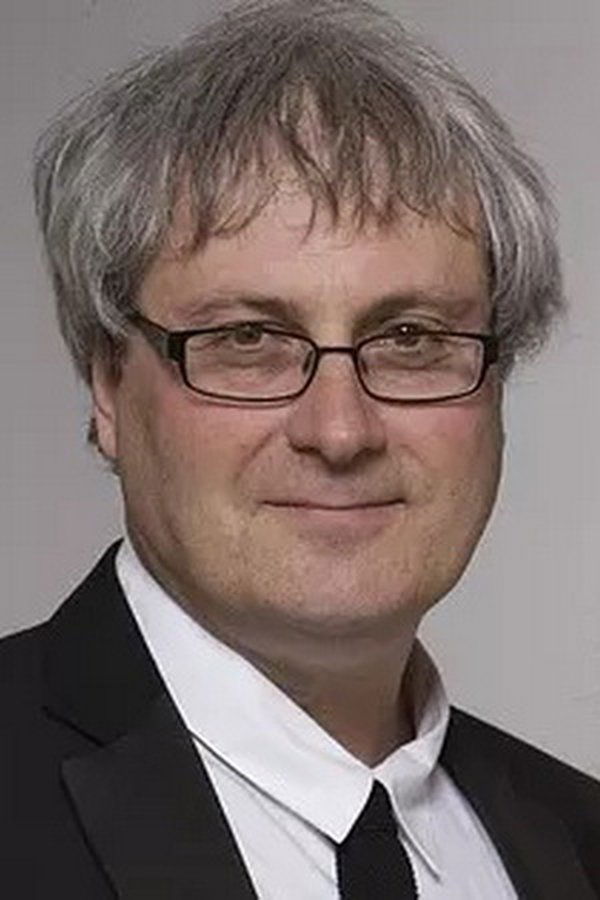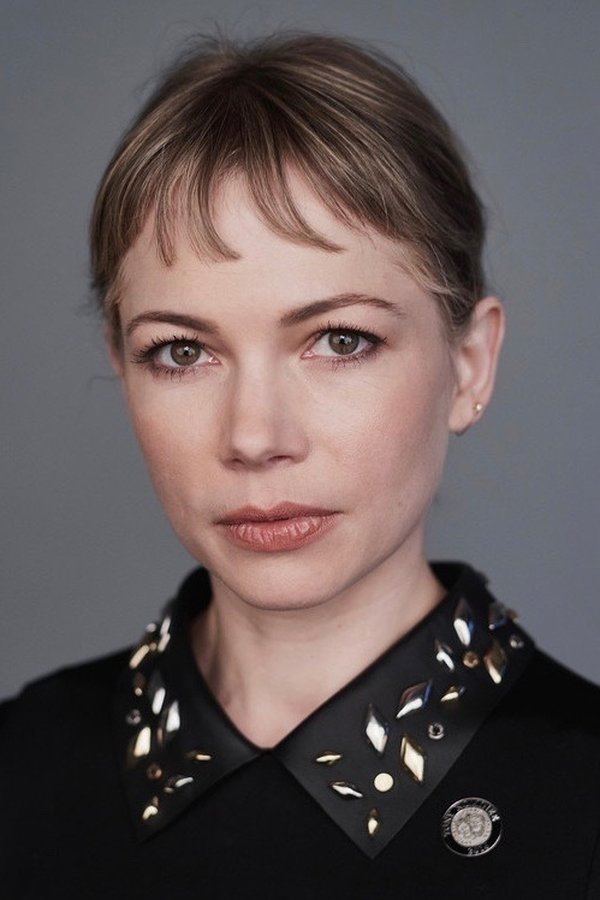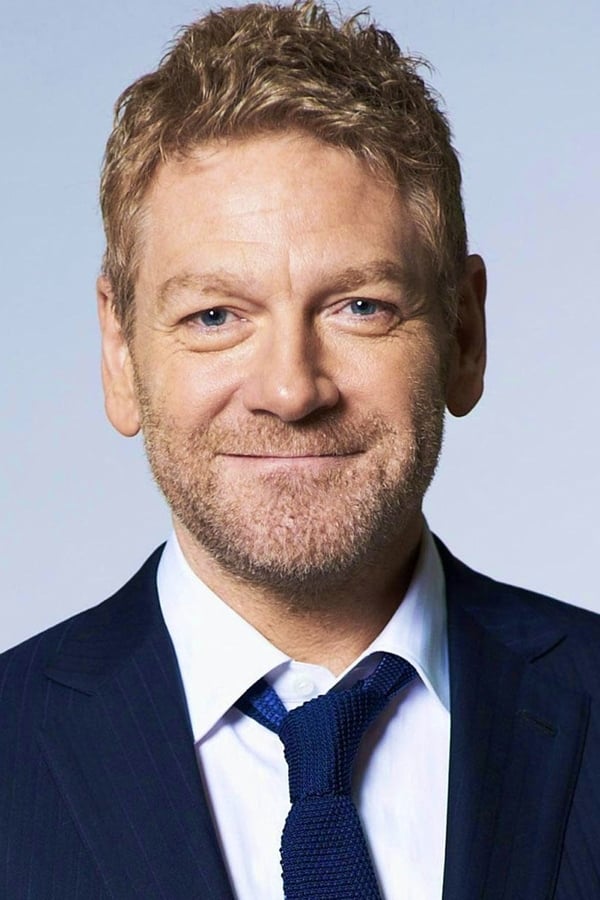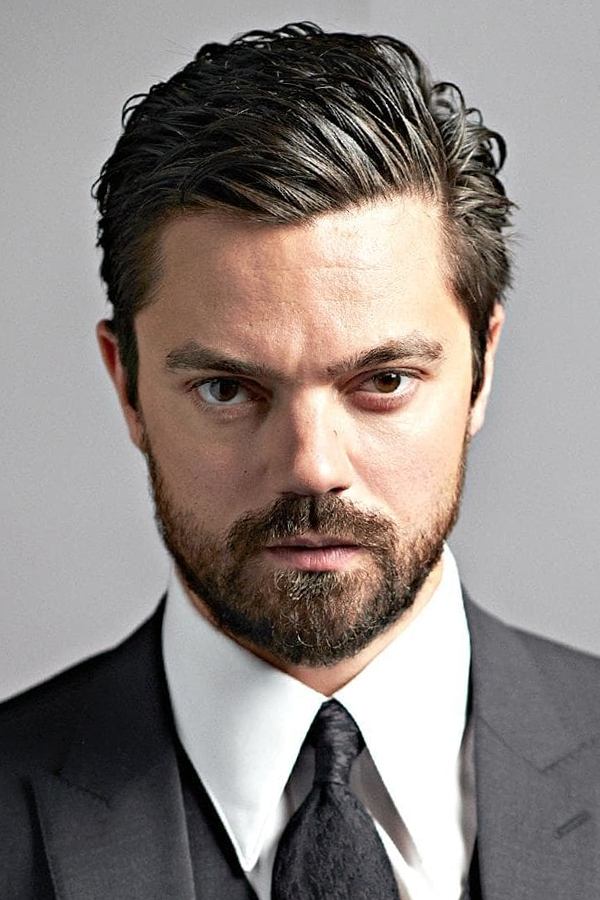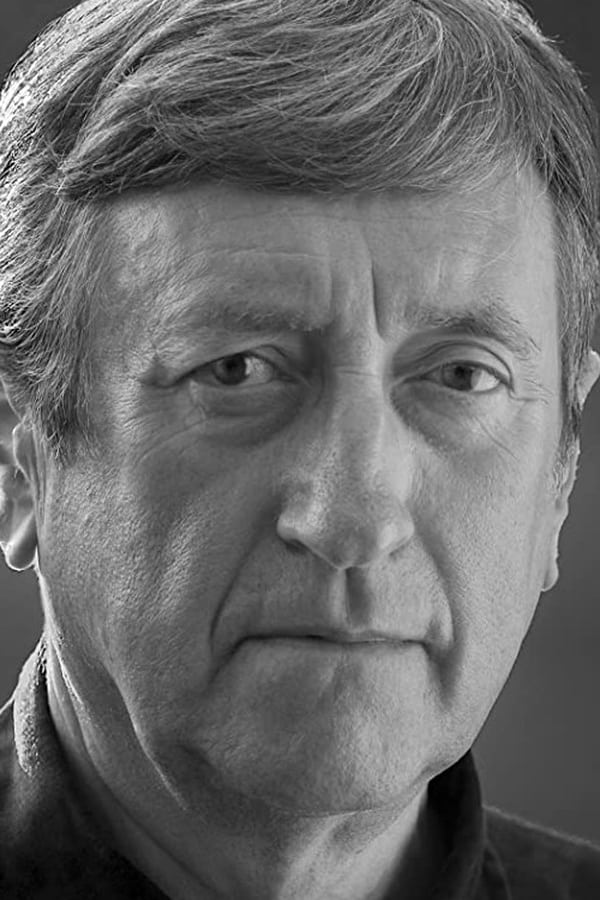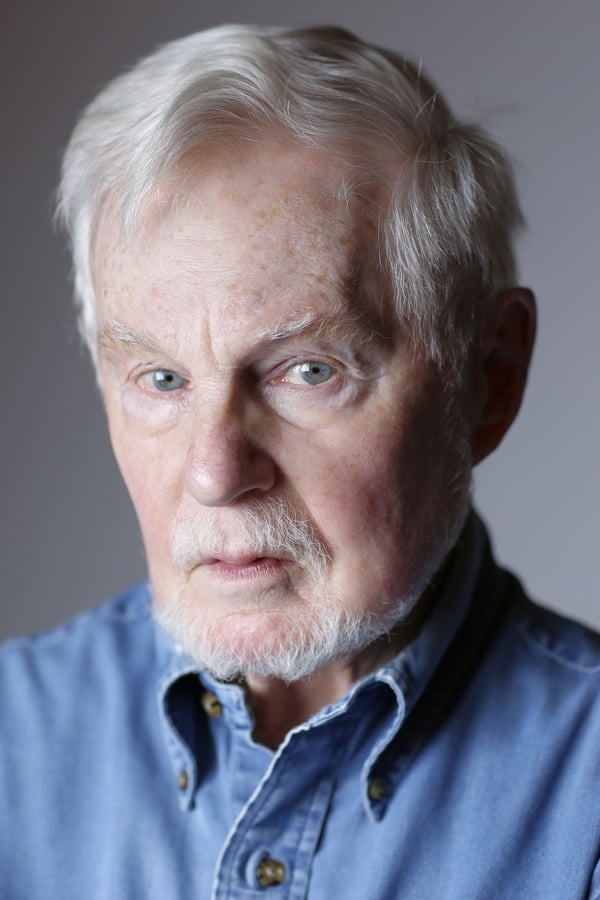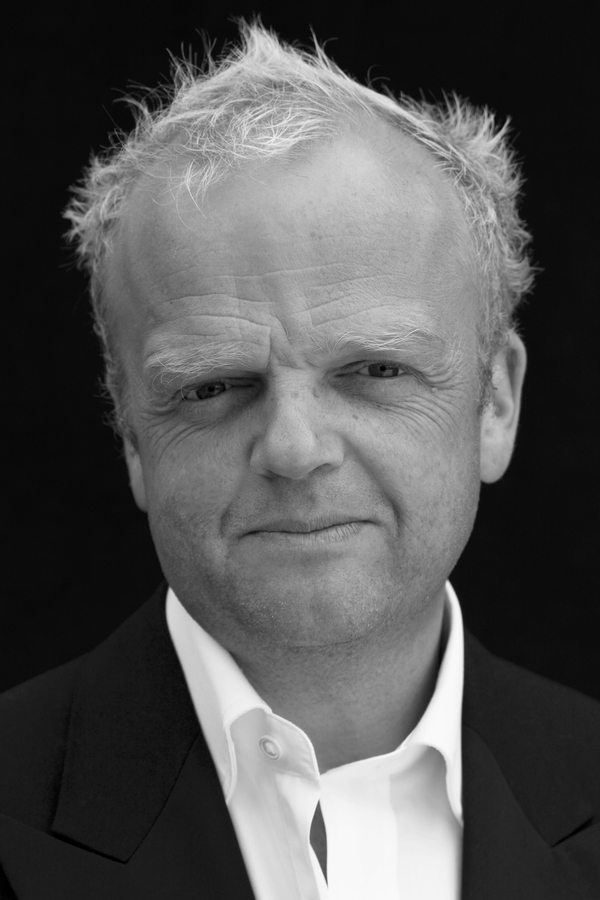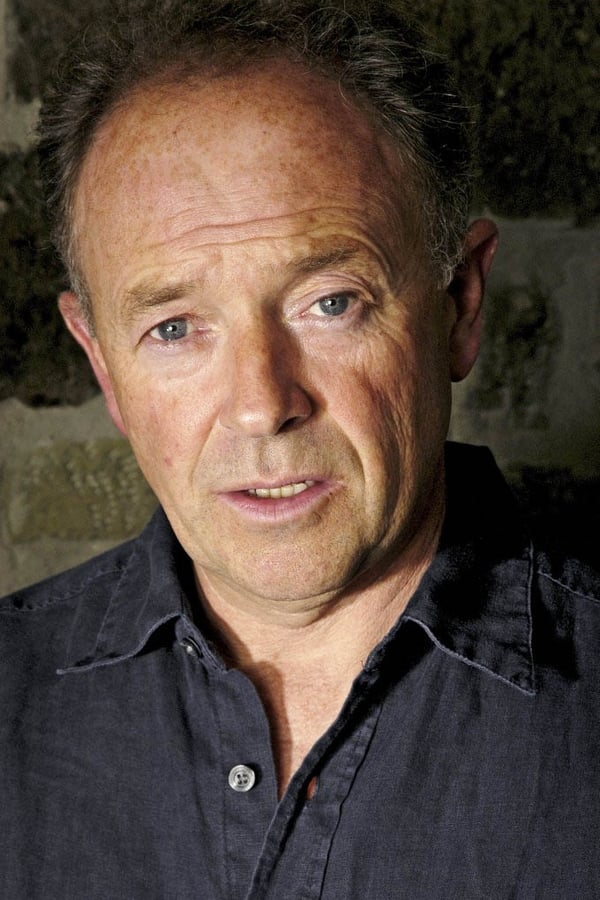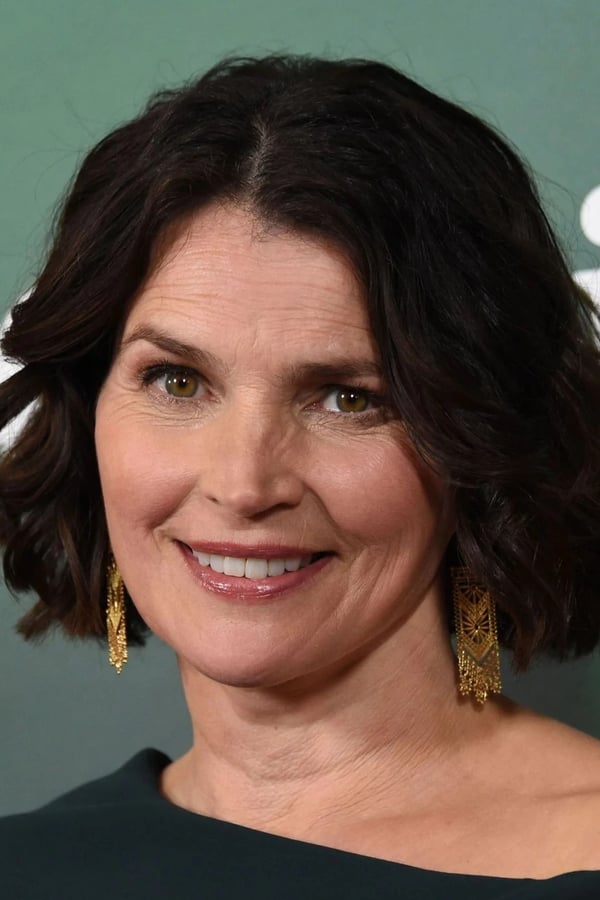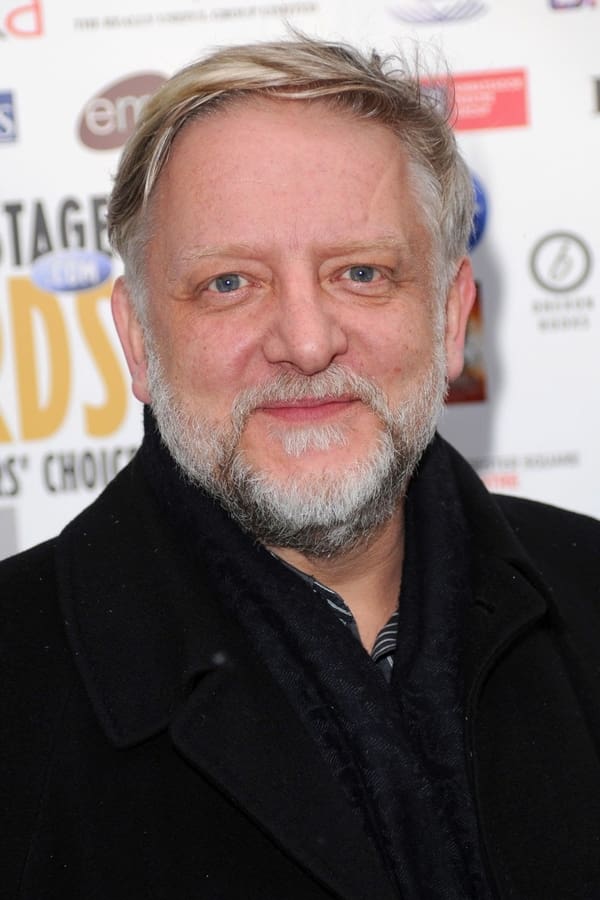This article contains spoilers for 'Blonde', content warning for violence and sexual assault.
In an interview with Vanity Fair, Andrew Dominik said “If you look closely at Marilyn Monroe, she’s the most visible woman in the world, but she’s completely unseen.” That’s an ironic stance from the director of Blonde, the film that almost made her less seen than she was before. If I’m to take the narrative honestly, which is bound to happen with enough viewers no matter how many times it’s reiterated that the story is a work of fiction, I’m bound to misunderstand her. I know it focuses on the story of Norma Jeane, the real-life Marilyn who lived outside the world of reel but having seen Blonde, I feel like that is used as an excuse to reduce her fierce personality into a timid victim seen through a patriarchal lens. Hollywood’s penchant for damsel-in-distress narratives isn’t gone even in 2022!
Starring Ana de Armas as the titular “blonde”, the film opens with a few scenes of a young Norma Jeane Baker (Lily Fisher). We’re introduced to her mother, Gladys Pearl Baker (Julianne Nicholson), and her ill-treatment of Norma. She shows Norma the portrait of a handsome man and claims it’s her father, refusing to tell Norma his name, let alone allow her to touch the portrait. Now, it’s a fact that Norma never knew who her father was and this is an interesting way to portray that. The rest of what’s depicted within the mother-daughter relationship is straight-up horrifying. Firstly, in reality, Gladys suffered from paranoid schizophrenia and it made her act erratically. But Norma hadn’t been rescued from a burning apartment by another couple after she ran from her mother who had just tried to drown her in the bathtub. I understand that biopics have to dramatize events often but this is too much sensationalism and also exploitative of trauma.


